We could be sitting again in the “almost secret” Museum of SEAT in Spain, but no. This time, as a backdrop, we had the strong waves of Guincho, in Cascais, for the SEAT & CUPRA On Tour.
An initiative of SEAT and CUPRA, which is traveling through several countries, from north to south of Europe, to show the past, present and future of these brands. Among the various SEAT and CUPRA officials present was Isidre Lopez , responsible for the division of “historic coaches” at SEAT.
We took the opportunity to interview this guardian of the Spanish brand's DNA. A very lively interview, which began at a table in Cascais, and which ended at the wheel of a classic, the SEAT 1430, on the Guincho road.
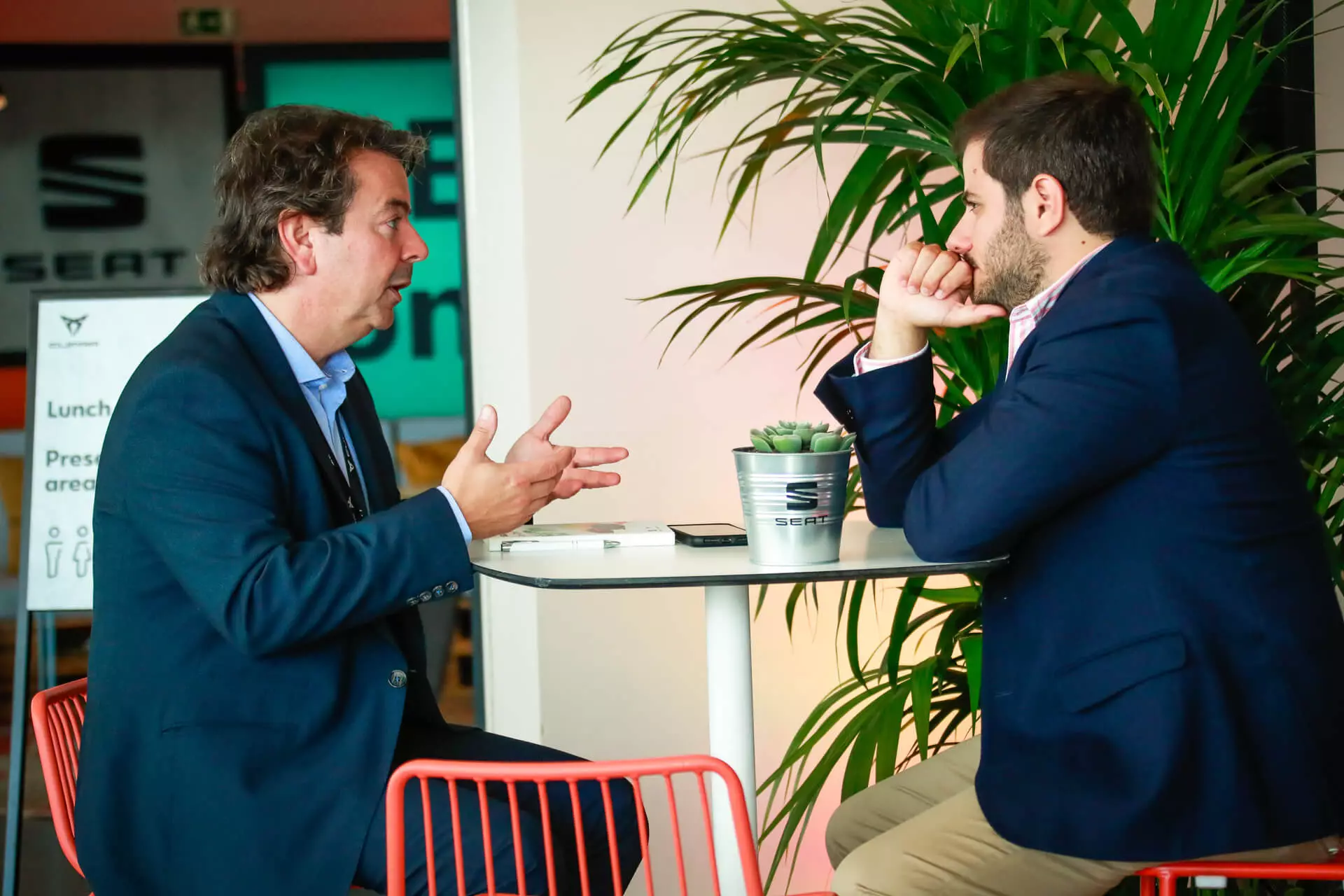
It was between these accelerations and braking — lulled by the nostalgia that only the classics can convey to us — that Isidre López spoke to us about the challenges of preserving the classics and also the challenges of preserving the identity of brands such as SEAT and CUPRA in a sector where change is the new "normal".
Subscribe to our newsletter
Automobile Reason (RA): Earlier this year there was a fire at SEAT's historic car museum. Have you reclaimed all the space?
Isidre López (IL): Yes we recovered everything that had been affected. This incident directly affected the workshop, but at the moment we have everything recovered. We didn't interrupt anything, just a visiting program for two months. This gives us more encouragement. What we have there is not just cars, it is the heritage of a brand and a country, and what happened, fortunately, was not very serious. We managed to preserve everything.
RA: The museum has a very rich collection with a lot of history. How important is it for a brand to know its history well?
IL: Taking care of a brand's heritage through photos of articles, cars, is very important to understand where we come from and understand where we are going. It represents an effort for all brands, but it is something that is very worthwhile. We have the first CUPRA that was ever produced, a 150 hp Ibiza, a tribute to winning the World Rally Championship. That's how CUPRA was born, which means Cup Racing and which is now an autonomous brand, but which is in the DNA of SEAT.
RA: Does it make you sad that there isn't a CUPRA Ibiza?
IL: Never know! It doesn't exist at the moment, but SEAT is a group that shares many platforms…
RA: Why do you think people like classics so much?
IL: It is a good question. I believe they like it because they remind them of their childhood, family members, and are recognized with affection. When you enter a classic, you feel like you're transported back 30 or 40 years in time, there are very few things that produce that effect. No matter the performance, it's a wonderful, analogue driving experience, and you need commitment to it. In a classic there is no help or perks.
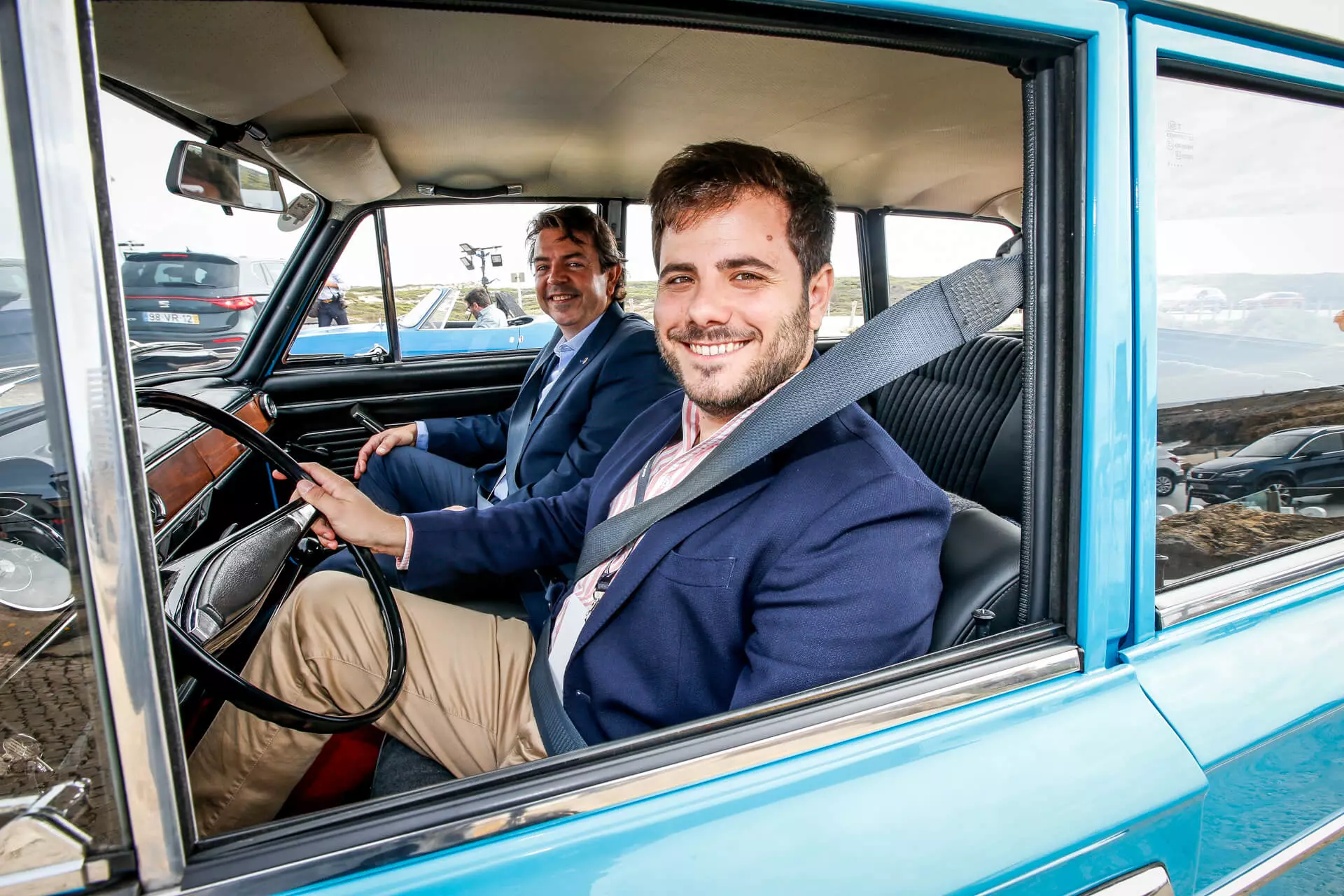
RA: In this historical feeling, which is the model that stands out in the history of SEAT?
IL: Without a doubt the SEAT 600. The most important is the Ibiza, but I always highlight the SEAT 600 because it is the most mythical and because it boosted mobility in Spain. It is a model comparable to the MINI in England, the Citroën 2 CV in France or the Volkswagen Carocha in Germany.
RA: How do you see the future of the classics with these tight broadcast rules?
IL: Of course, the environmental issue is something that concerns us, but it is necessary to realize that a classic car travels at most two thousand kilometers a year and there are much less.
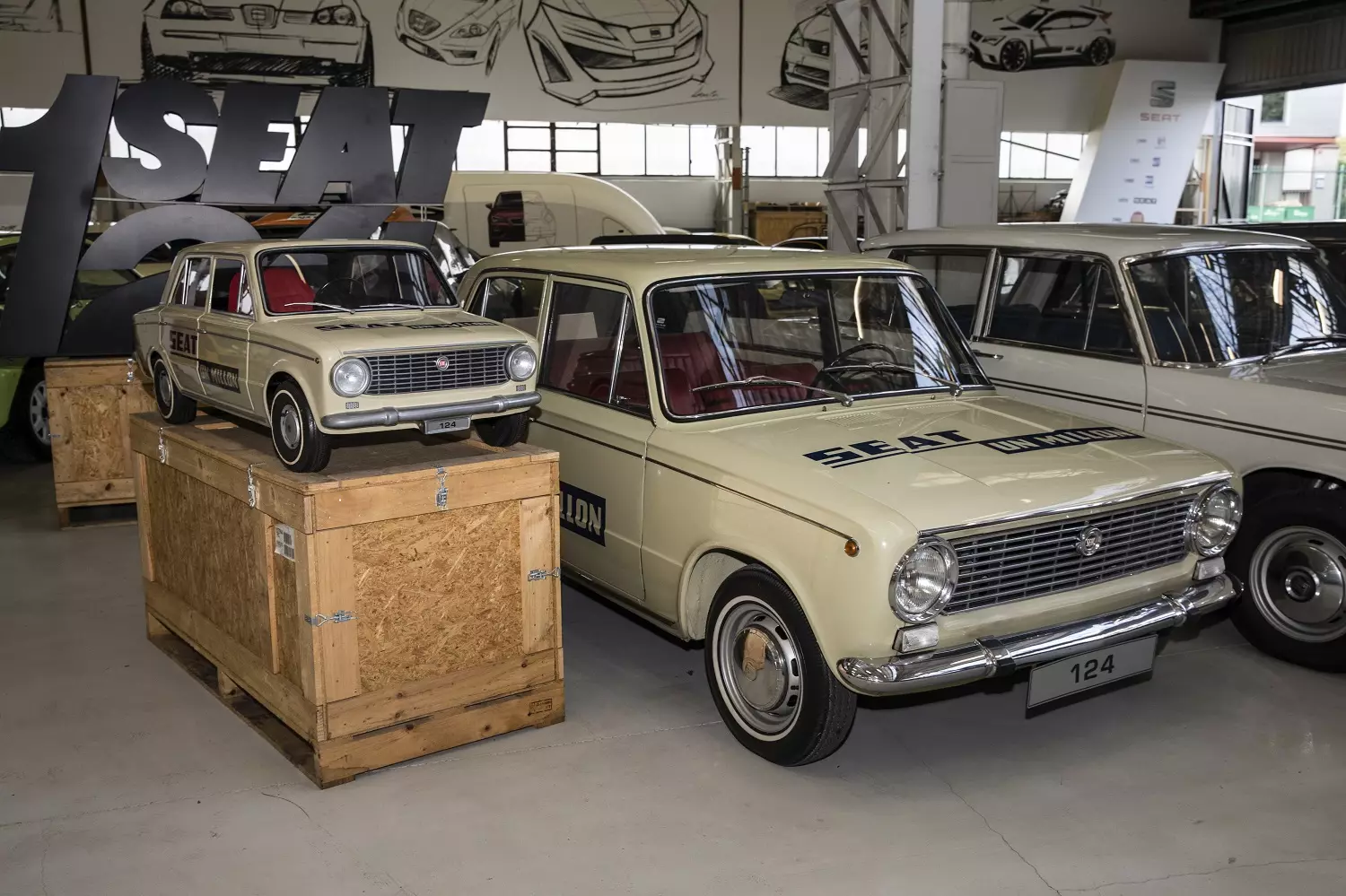
RA: Are you afraid that the increase in this regulation could affect the history of brands?
IL: Very likely so. Today it's still easy to have a classic, we all like or would like to have a classic, even if it's our first car! Increasing regulation, taxes, banning entry into big cities, will make the number of classic cars go down.
RA: How do you see companies that transform classics into electric?
IL: It's an interesting initiative. Because we can see these cars on the road fueled by alternative energies, but it's still strange considering that we (SEAT Coaches Históricos) are defenders of originality. These transformations have their audience, but that is not the vision that we have as a brand.
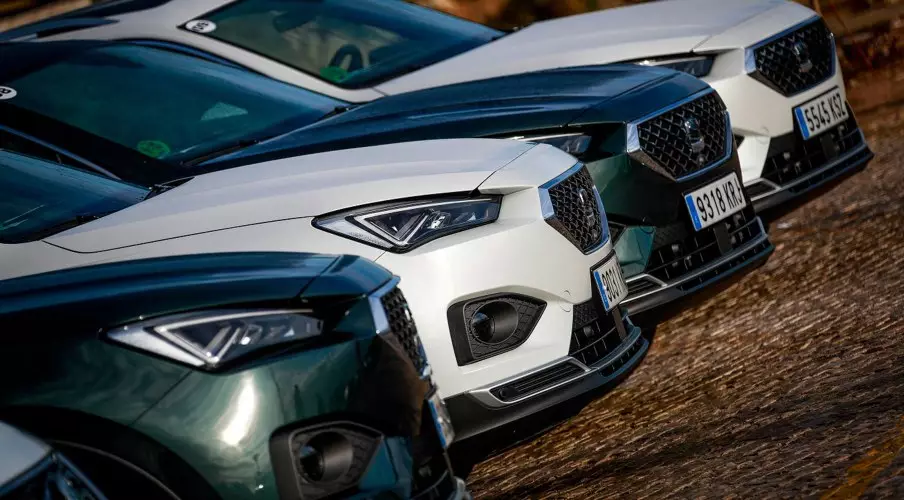
RA: SEAT and CUPRA are doing this tour in Europe, it's interesting that they brought classics for guests to try out. Will these cars participate in all actions?
IL: Yes, but they won't be exactly the same. As we have a collection of 323 cars, what we do is talk to each country to find out which car is best suited to the national reality. For Portugal we chose the 850 Spider, the 1200 Sport Boca Negra and the 1430. The SEAT 850 Spider because it is excellent to be able to drive it on the Cascais waterfront. The SEAT 1200 Sport Boca Negra because it has its own design, and the SEAT 1430 because we are celebrating 50 years of this model.
In England, for example, we're taking the SEAT 600 because you couldn't see any there!
RA: If you had to highlight a car from your collection, which would it be?
IL: (laughs) That's a trick question, because it's very difficult to choose. There are so many important cars but for me one of the most important is the Cordoba World Rally Car, because I was in SEAT Sport at the time and it represents the effort and emotion of experiencing the World Rally Car. It is one of the most technological cars in the entire history of SEAT.
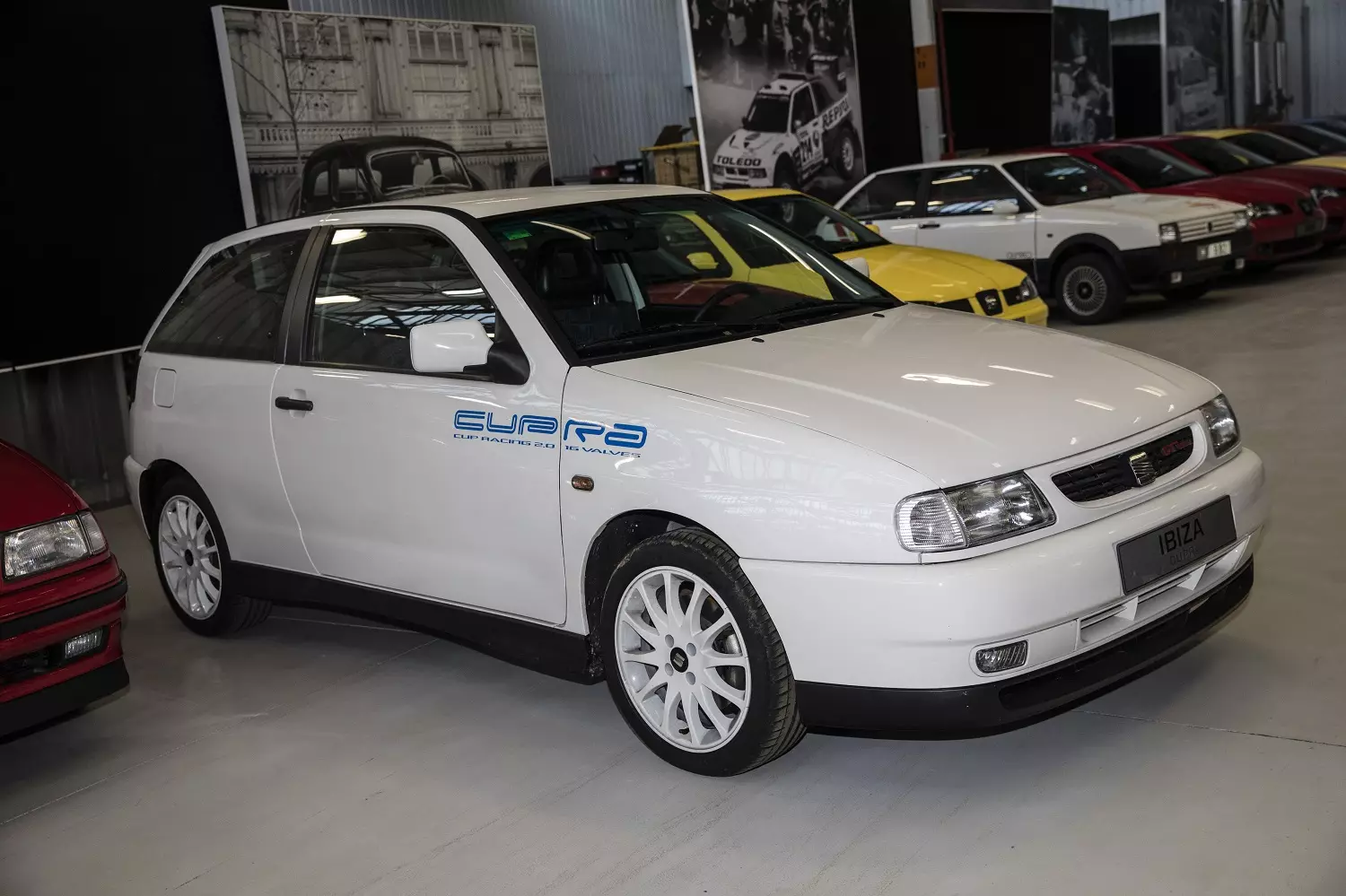
RA: Even Isidre misses the times he lived, just like everyone else.
IL: Yes of course! But I also highlight the Papamóvel and the first SEAT Ibiza to leave the production line.
RA: For the museum to be complete, are you still missing some models in your collection?
There are 65 or 66 cars left for us to have what we consider to be a good representation. Every year we manage to get some, but then every year we also discover other cars that we need to add to the list. It's a challenge!
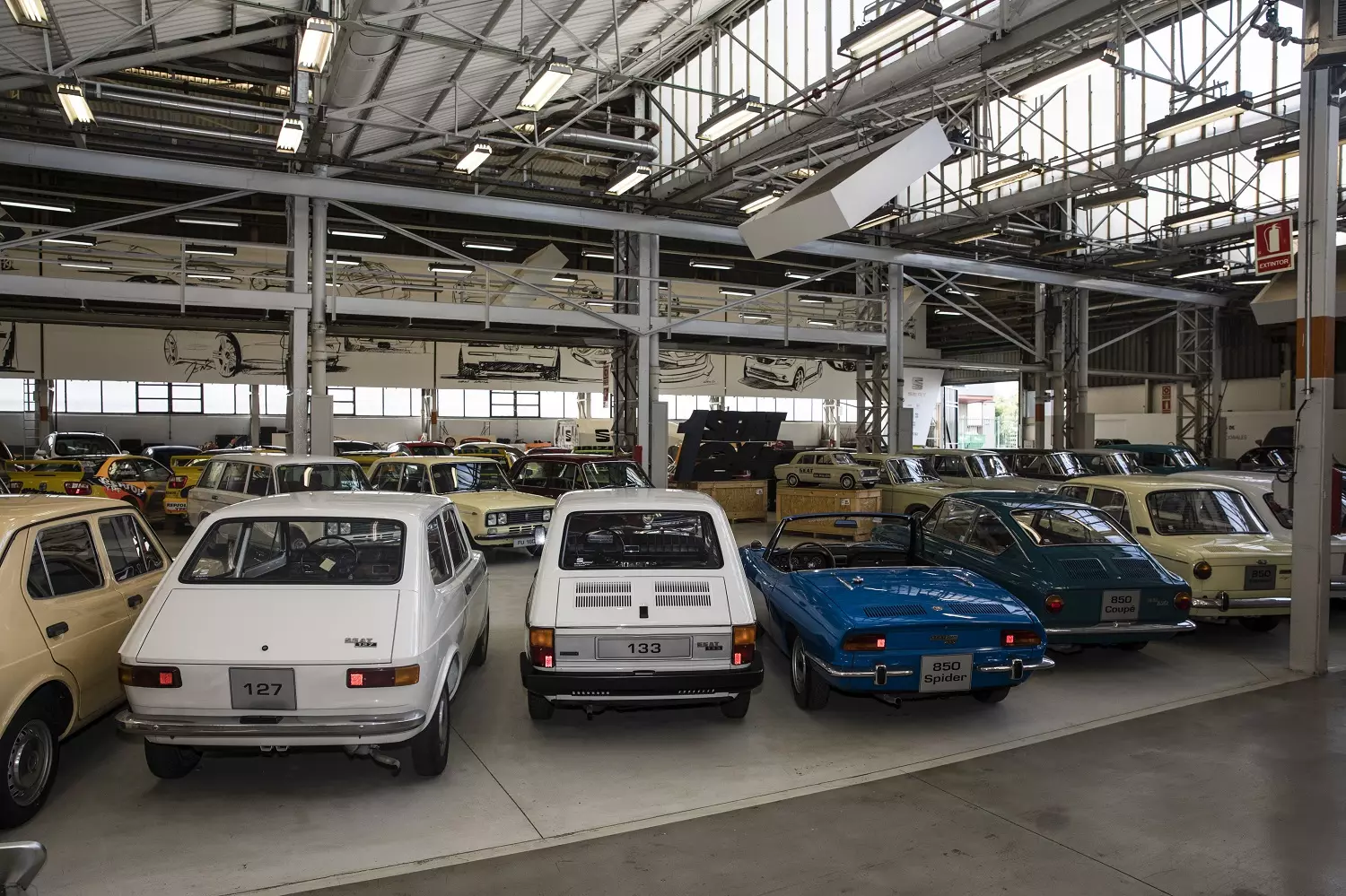
RA: Of these new models, which one arouses the most curiosity?
IL: I like CUPRA Tavascan. It's an advanced car, with a strong personality and above all, like all the cars we produce, it's the result of a lot of team effort, and that's worthless.
